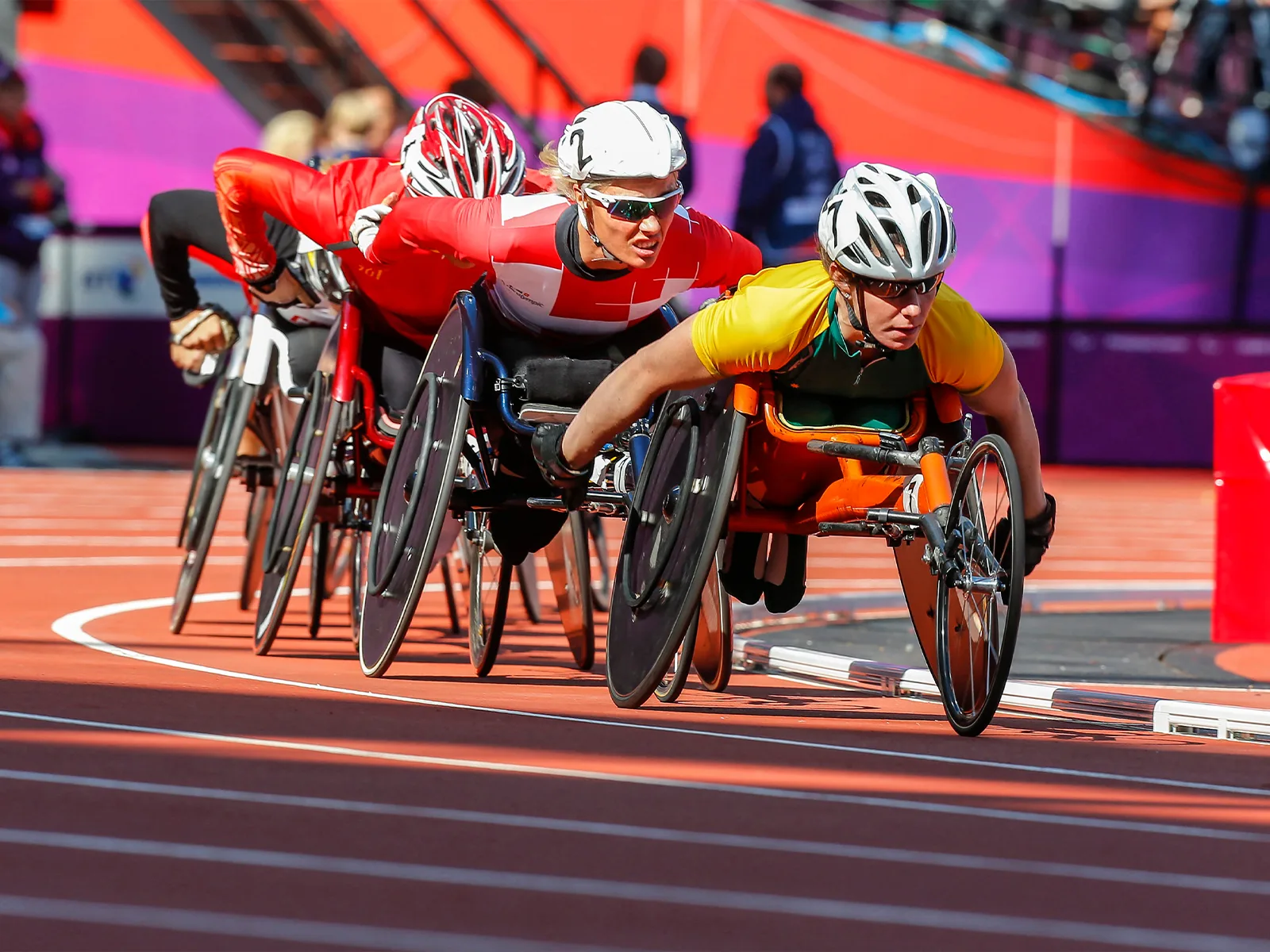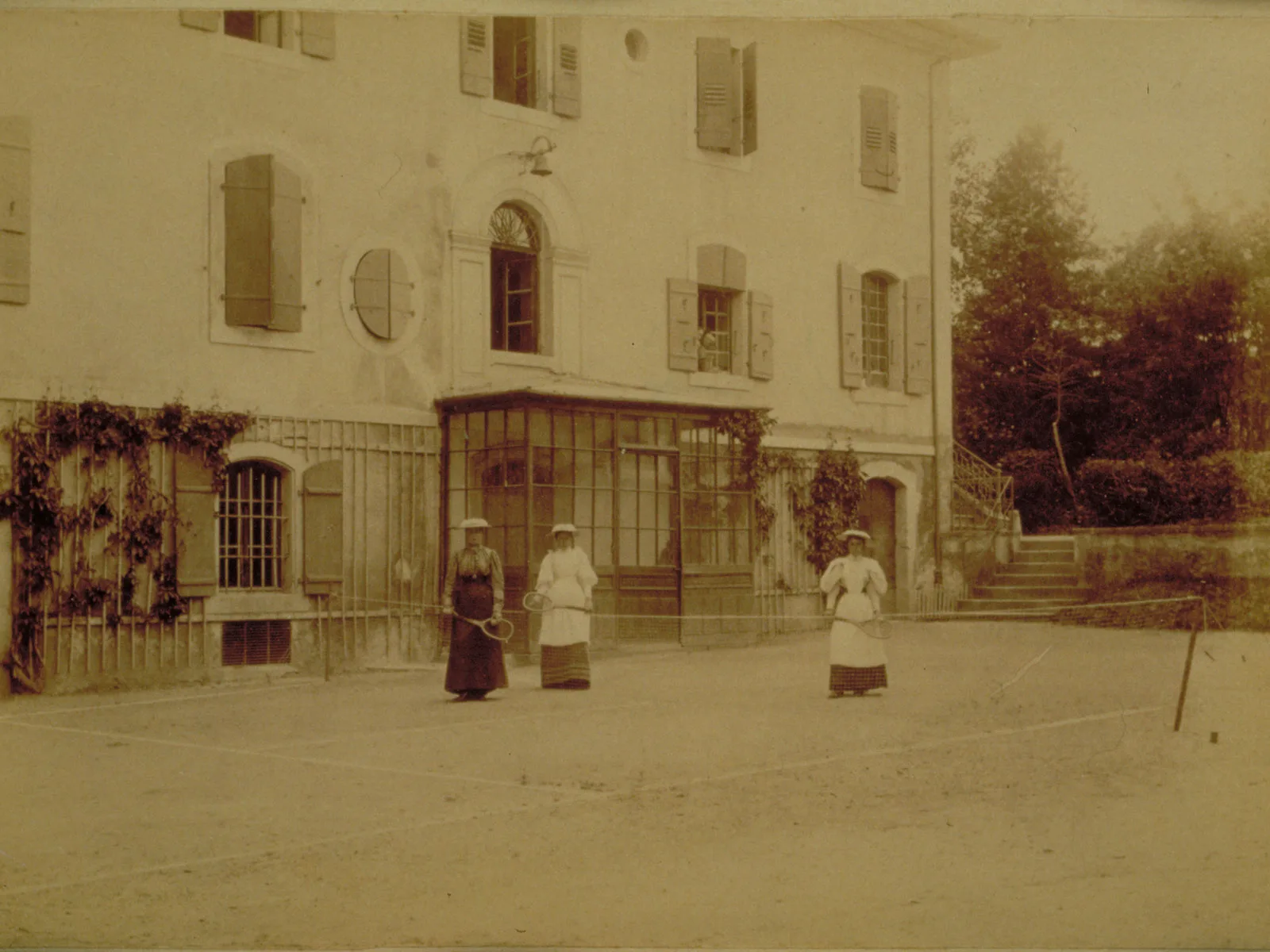
Fighting in and out of the ring
Schwingen, the traditional, homegrown style of wrestling, is as much a part of Switzerland as chocolate and watches. At least, as long as it’s men who are donning the breeches. But when it comes to women’s involvement in the sport, it’s a whole different story ‒ one that has caused quite a few scandals.
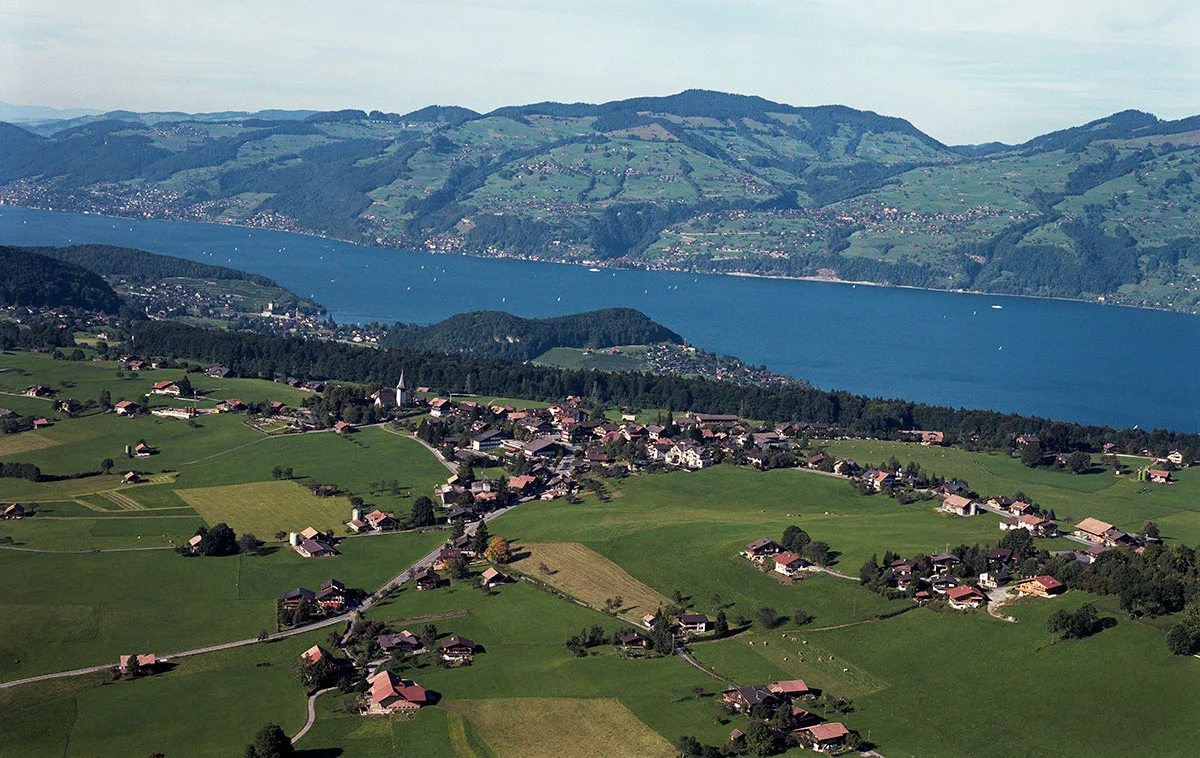
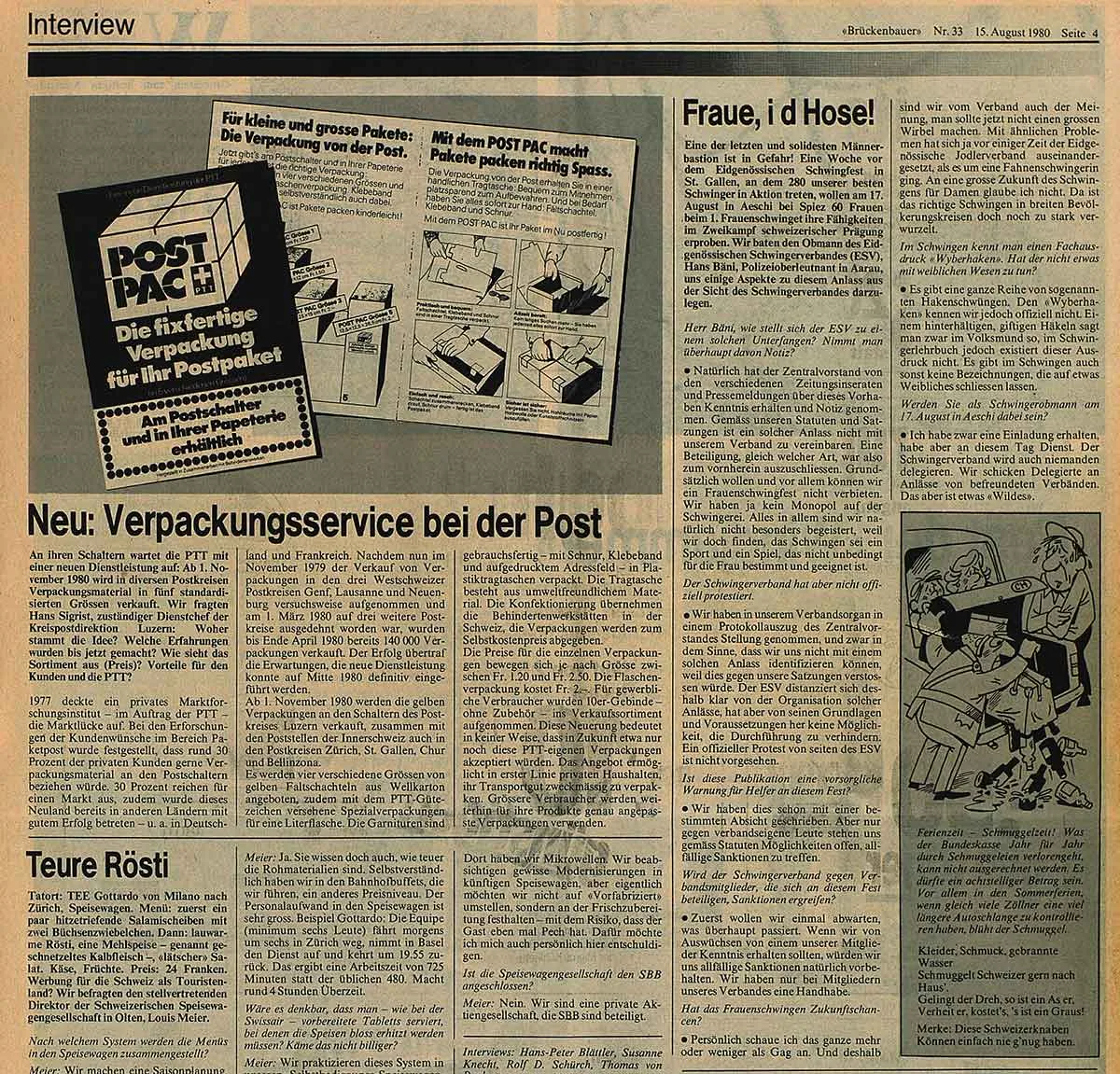
Women’s wrestling remains controversial in certain circles to this day. YouTube
No desire for men and women to share a Swiss wrestling festival
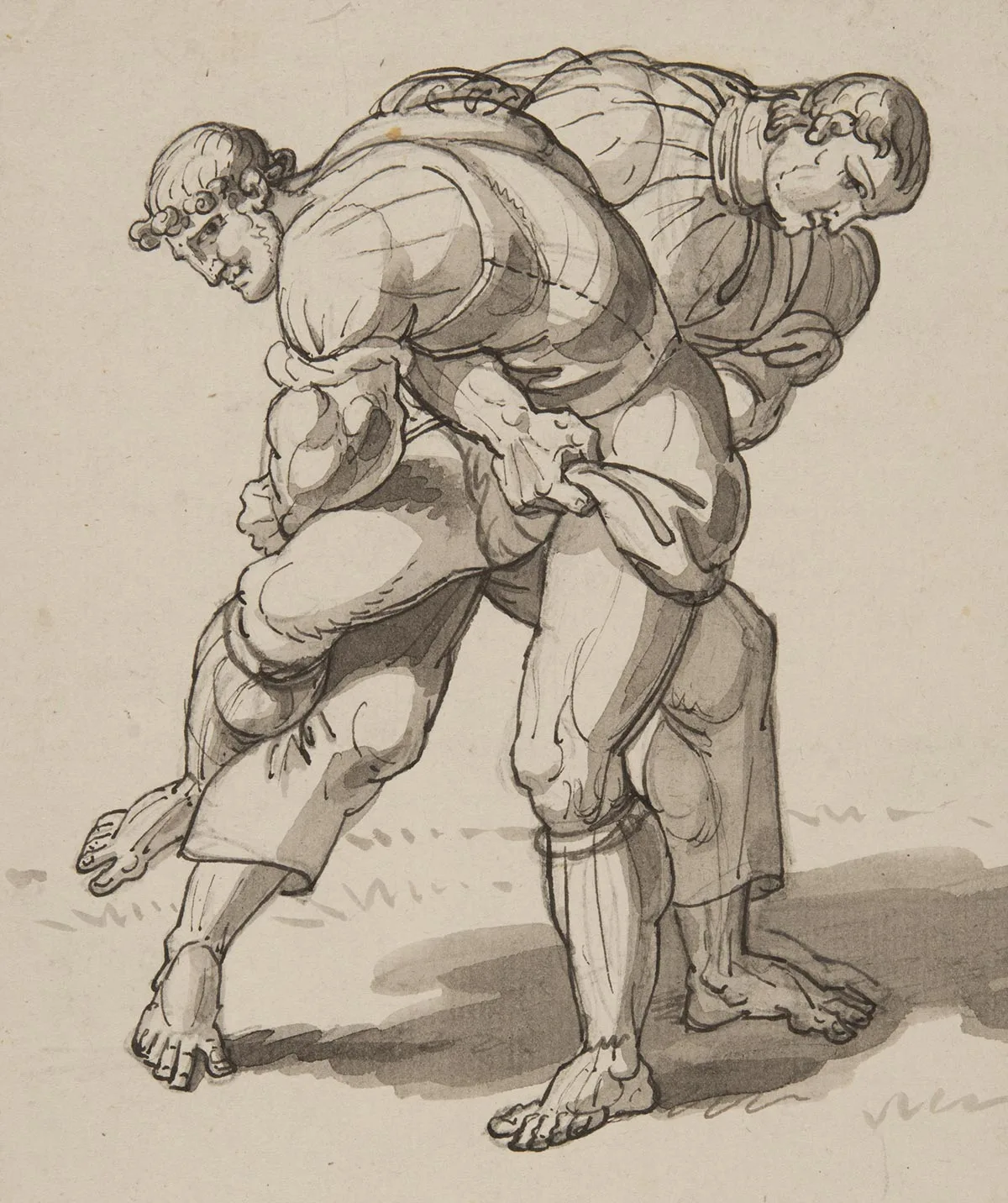
Swiss Sports History

This text was produced in collaboration with Swiss Sports History, the portal for the history of sports in Switzerland. The portal focuses on education in schools and information for the media, researchers and the general public. Find out more at sportshistory.ch

